Scientists Identify The Earth's Oldest Known Animal Fossils

Scientists have used fat molecules to solve a longstanding mystery and identify an ancient creature as one of the earliest animals on the planet.
For more than 75 years, researchers have struggled to classify the Dickinsonia, a peculiar, vaguely jellyfish-like creature that lived about 558 million years ago. The flat, squishy, oval-shaped organism had multiple rib-like segments and could grow to over four feet long, according to National Geographic.
Dickinsonia belonged to a group of now-extinct life forms called the Ediacaran biota. These creatures, believed to have emerged in warm, shallow seas as early as 570 million years ago, are thought to be the first complex multicellular organisms on Earth.
But scientists were unable to determine exactly what Dickinsonia were, classifying them either as fungi, protists or animals.
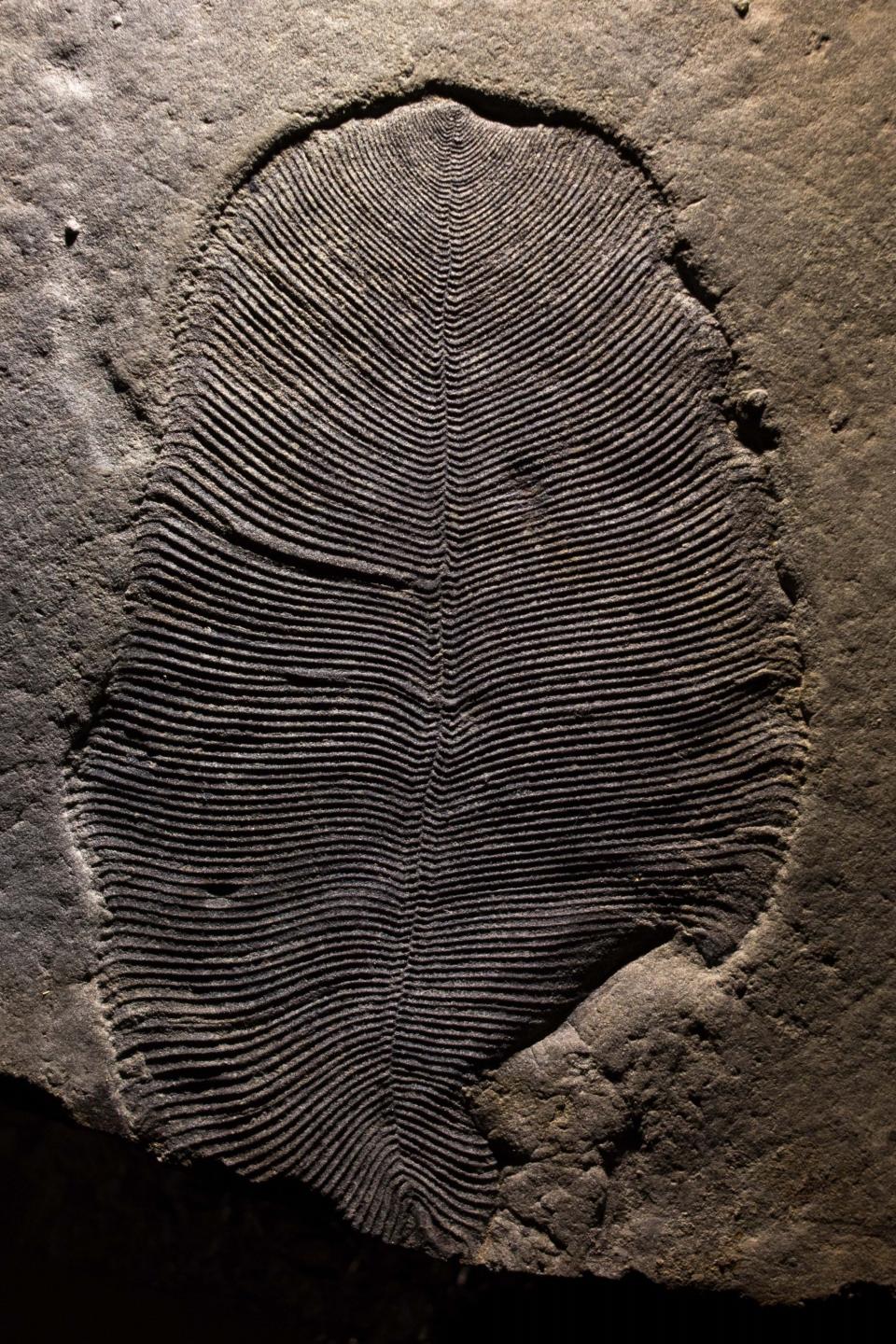
Now, an international team of researchers has used modern chemistry to unearth striking evidence that Dickinsonia were indeed early animals. Their study, published this week in the journal Science, hinges on fat.
Researchers from the Australian National University, with help from other institutions, found Dickinsonia fossils that contained significant levels of cholesterol ― a hallmark of animal life.
Dickinsonia were floating around before the Cambrian explosion 540 million years ago, when an abundance of new and diverse life forms like mollusks, worms, and sponges appeared in the fossil record within a relatively short time.
That’s significant because Dickinsonia’s fossil fat molecules prove that “animals were large and abundant” on Earth “millions of years earlier than previously thought,” according to ANU senior researcher Jochen Brocks, one of the authors of the study.
“The fossil fat now confirms Dickinsonia as the oldest known animal fossil, solving a decades-old mystery that has been the Holy Grail of palaeontology,” Brocks said in a press release.
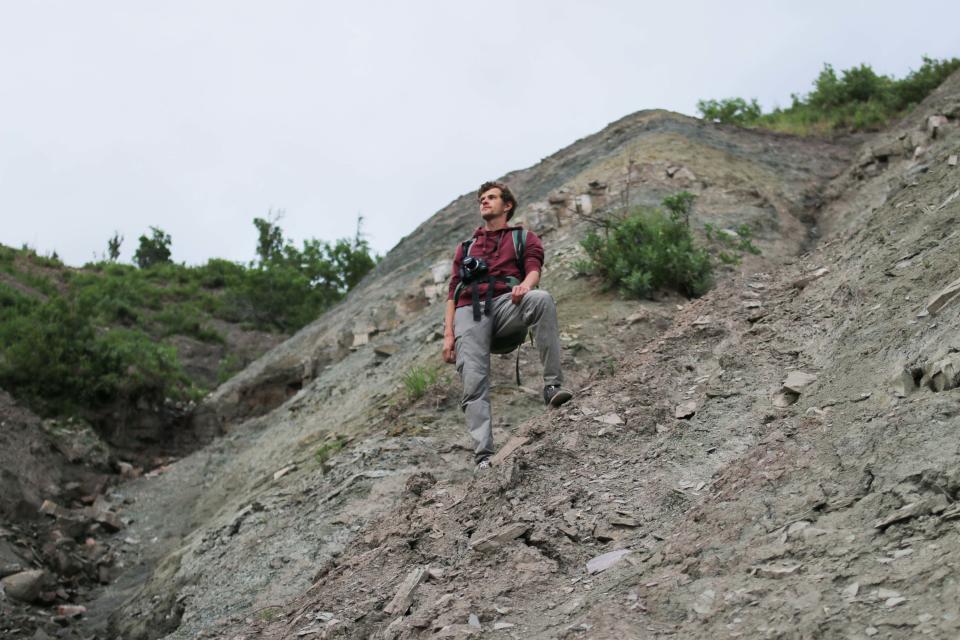
The problem that was holding researchers back for so long was that Dickinsonia and other Ediacarans have boneless bodies that weren’t easily preserved. Scientists have typically studied the creatures by physically analyzing their ancient imprints.
But Ilya Bobrovskiy, a Ph.D. student at Australian National University, had a hunch that he could extract and analyze biomarkers from a thin layer of organic material left in particularly well-preserved Dickinsonia fossils.
Most of the rocks containing Dickinsonia fossils near Bobrovskiy’s university in Australia had endured a tremendous amount of natural heat, pressure and weathering over the centuries. So he traveled to a remote area in northwest Russia to hunt for the fossils he needed.
“I took a helicopter to reach this very remote part of the world - home to bears and mosquitoes - where I could find Dickinsonia fossils with organic matter still intact,” Bobrovskiy said in the release.
He eventually found good candidates for his research in some 330-foot cliffs near the White Sea.
“I had to hang over the edge of a cliff on ropes and dig out huge blocks of sandstone, throw them down, wash the sandstone and repeat this process until I found the fossils I was after,” he said.
Bobrovskiy then developed a special technique to test the Dickinsonia remnants for cholesterol.
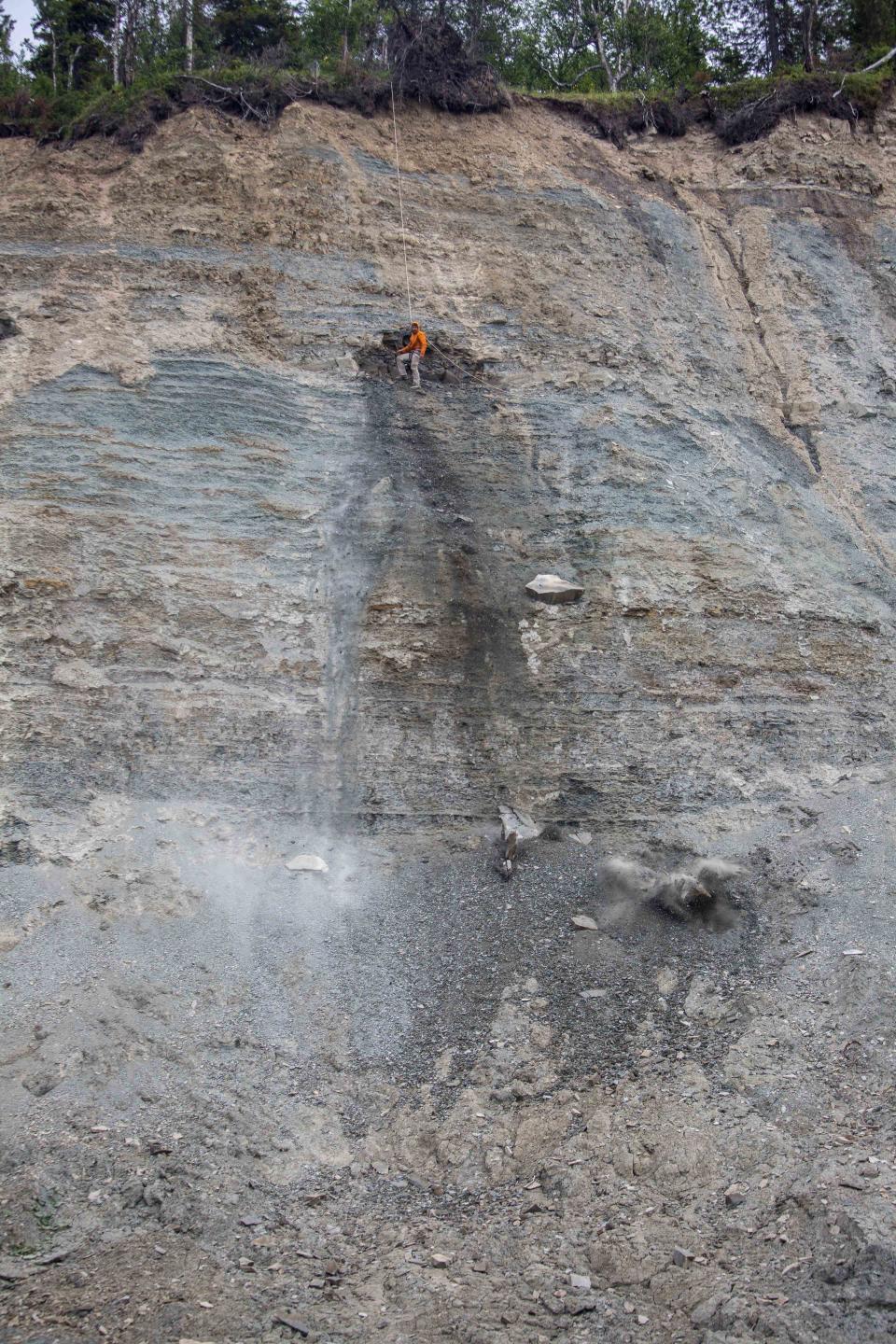
Brocks said that when Bobrovskiy showed him the results of the tests, he “just couldn’t believe it.”
“But I also immediately saw the significance,” Brocks said.
The study depends on the assumption that only animals can produce cholesterols, which some scientists suggest could be disproven as more research is conducted on the Earth’s earliest inhabitants.
“There’s a lot of uncertainty,” Bobrovskiy said of studying such ancient life. “But applying biomarkers removes a large part of this uncertainty.”
Love HuffPost? Become a founding member of HuffPost Plus today.
Also on HuffPost
Meadowcroft Rock Shelter - Avella, Pennsylvania
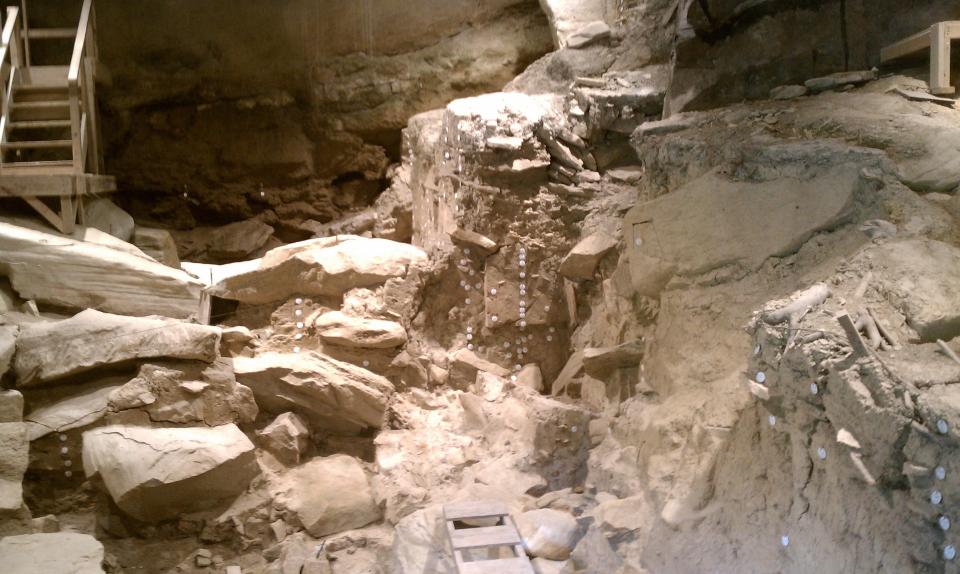
Lubbock Lake Landmark - Texas

Murray Springs Paleo-Indian Site - Sierra Vista, Arizona

Mastodon State Historic Site - Imperial, Missouri

Blackwater Draw National Historic Landmark - New Mexico
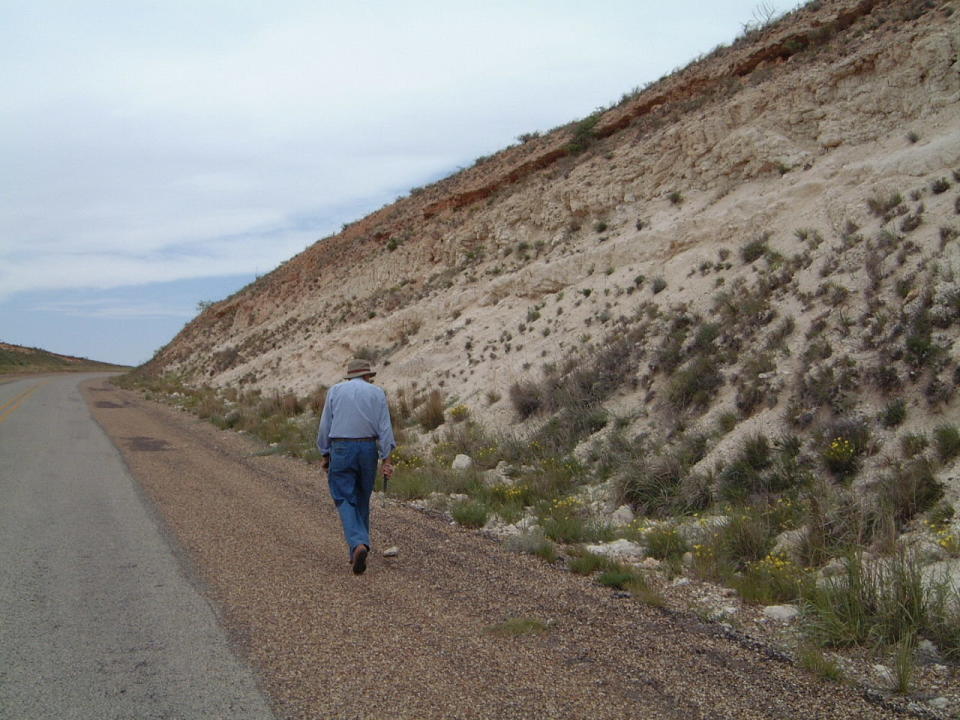
This article originally appeared on HuffPost.

